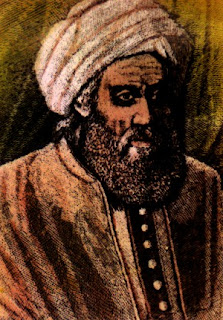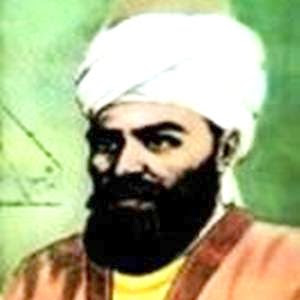Jaipong Dance

Jaipongan is the art of dance that was born from the creativity of an artist from Bandung, Gugum Gumbira. It was inspired by the pop art, one of them is Tapak Tilu, he became know and recognize the pattern of step of Kliningan or Bajidoran or Ketuk Tilu dance. Until he can develop a dance or art which is now in the know with the name Jaipongan.
His first Jaipong creation has known by people are “Daun Pulus Keser Bojong” and “Rendeng Bojong”, both of tahem are kind of women dance and couple dance. Firstly, this dance considered as an erotic and vulgar dance, but the longer, this dance being more popular and began to increase the frequency of the show both in television and celebration which organized by Government or private parties.
From this Jaipong creation nascent some professional dancer such as Tati Saleh, Yeti Mamat, Eli Somali, dan Pepen Dedi Kirniadi. The presence of Jaipongan dance has contributed greatly to the lovers dance more active to discover types of folk dances that were previously lacking in the notice. With the advent of this Jaipongan dance, now many people make Jaipongan dance courses and frequently used by employers to decoy invited guests.
In Subang Jaipongan style "Kaleran" has a characteristic that is fun,erotic, humorous, excitement, spontaneity, and simplicity. This was reflected in the pattern of presentation of dance on the show, there is a given pattern (Ibing pattern) as in art Jaipongan in Bandung, also dances that are not patterned (Ibing Saka), for example in art Jaipongan Subang and Karawang. Thia term can be found in Jaipongan Kaleran style, especially in the area of Subang.
Jaipongan dance at this point can be called as one of the typical dance of West Java, looks at the important events the arrival of guests from foreign countries who came to West Java, are always welcomed with Jaipongan dance performances. Jaipongan dance this much influence on other arts that exist inWest Java, both on the art of wayang, gamelan, and other Genjring who has even collaborated with Modern Dangdut by Mr, Nur and Leni to become Pong-Dut.



Comments
Post a Comment